Following the first set of samples from Yunnan Sourcing, this article collects notes for the second and final quartet, presented in the semi-random order in which I encountered them.
By chance, "Beta" is the colloquial English name for Stella Artois, a name that I will not explain here (although, for correctness, it should be spelled "Beater" in that context). Stella has a reputation for being bottom-of-the-pile lager, and has been associated with causing extreme violence in those foolish enough to imbibe it.
While the Yunnan Sourcing "Beta" did not turn me into a violent thug, it did share some of Stella's straightforward and unassuming qualities.
While the Yunnan Sourcing "Beta" did not turn me into a violent thug, it did share some of Stella's straightforward and unassuming qualities.
The small, fragmented leaves seemed amusingly familiar. My journal has "I feel as if I should recognise this tea, and wonder if it is Lincang."
I found it to be a touch rough, and green, with some low tobacco underneath. I must confess that it was perhaps a little too lo-fi for immediate enjoyment. "Not great", my journal records. It is OK not to be great. Not everything can be great, after all. Despite the lessons taught to us by the modern world, there are many things that are not great, and very few of them are valueless. Sometimes, it is OK to attenuate the hyperbole.
Scott revealed this to be none other than the 2013 Yinxiang (or "Impression") that I tried earlier this year. Checking the ol' Half-Dipper queue, I see, however, that the article for that cake is still to come. However, you can probably guess its contents, given the above. The "Impression" is an unbranded cake sold at a rock-bottom price for those who might wish to re-sell it.
For the extraordinarily low price ($13.50), you get a clean and straightforward cake, without any frills. It is the "Easyjet" of pu'ercha, and very good for "everyday" tea. I should feel happy at being able to identify the Lincang component (which is blended with Simao), but I suspect that having seemingly tried the cake before does seem like cheating.
We have no beers called "Sigma", and I therefore have nothing to which I might compare this next cake. Sigma sounds like a great name for a beer, to me, which reminds me to start my own micro-brewery.
My journal records an initial observation that "This Sigma sample has lovely long leaves and looks rather expensive."
This cake did not immediately grasp my attention; I found it to be solidly sweet, with a reasonably thick body, and containing an edge of kuwei [good bitterness]. I wrote that it is "simple, not the expensive cake that it otherwise appears, but it is fine nonetheless." It lasted about five or six infusions before its gentle grassiness, akin to lucha, moved me onto the next sample.
It turns out that this is indeed a rather costly cake, being the 2013 "Dasi", costing $85, referring to a village near Fengqing in Lincang prefecture. I may have been pre-occupied, and therefore not concentrating on this cake, but have to confess that it didn't really grip me. Ordinarily, I am the sucker's sucker when it comes to Lincang cakes.
...unlike the "Mu"! Suddenly, the pu'er session changes gear and immediately gets mighty serious.
Although you wouldn't expect it from the photograph below, this cake is so fresh that the initial infusions appear almost green in colour. Green! It has the low beaniness of "outlier" tea, and I suspect that we are outside 'Banna by now.
Actually, according to my journal, I drank this tea on my birthday - I must have been in a good mood, therefore, and that always helps a session. The flavour is heavy, grassy, floral sweetness which is really rather decent. It hangs in the throat well, and leaves a very decent continuation after the swallow.
Impressed, I took the remainder of the sample to my lab to enjoy on future days - each time that I came back to it, I was likewise drawn to its heavy, "country garden" sweetness. It is lively indeed. My journal for a later day has "I look forward to finding out the identity of this tea."
Impressed, I took the remainder of the sample to my lab to enjoy on future days - each time that I came back to it, I was likewise drawn to its heavy, "country garden" sweetness. It is lively indeed. My journal for a later day has "I look forward to finding out the identity of this tea."
This turned out to be a cake from Nanpozhai, a village near Bingdao in the Mengku region, making this a Lincang cake - very much "my thing". The web page has a price of $72 for a full 400g cake, which is quite appealing to me. I suspect that I will be browsing back to that page in the near future...
Finally, the "Nu". I eventually managed to get the packet back from Xiaolong, who was fascinated by its crinkly, silver surfaces for about half an hour. When you are six months old, shiny tea packets are artefacts from another dimension.
It turns out that I completely mis-classified this tea, but, looking back, I can see why that occurred. I found it to be a dark-sour sweetness, in the genre of old molasses. I attributed this to a particular genre of Yiwu-region tea, given its dark-straw base - and that was the error, for this turned out not to be an Yiwu tea at all.
It picked up its pace after the first few infusions, taking a while to overcome the rather tight compression that impeded its delivery in earlier infusions (which is no bad thing). It was a touch husky, and seemed very familiar, but I must have been half asleep.
Scott revealed that this is his Jingmaishan tea, which sells for a very reasonable $45. I typically dislike Jingmai tea, primarily due to that sour-sweet molasses base, which is typically hidden, in earlier years, by a lanxiang [orchid-scent] impression. I didn't notice the latter in this cake, but, after looking back with the knowledge that it was from Jingmai, could easily detect the former, in hindsight. I'm probably not the best person to comment on teas from this mountain, given my tastes.
It was clean and, as with all of Scott's cakes, well-made. I have been scared away from Jingmaishan after encountering innumerable dodgy cakes attributed to that region, and perhaps this cake suffered unfairly because of that comparison.
So, then, the best of this bunch for me was undoubtedly the "mu", a.k.a. the Nanpozhai from Mengku in Lincang. I would take the "kappa" (a.k.a. Wuliangshan) from the previous set as being my overall favourite, but this Nanpozhai is certainly worthy of the runner-up "Castor" prize, which may be enjoyed in all its spandex-clad splendour below...
I keep dropping hints about a TRON outfit at home, but these hints are failing
All that remains is for me to thank Scott of YS for putting together a very generous sampling of this year's cakes, which have proven to be a thoroughly enjoyable experience. I look forward to comparing notes with you, Gentle Reader.

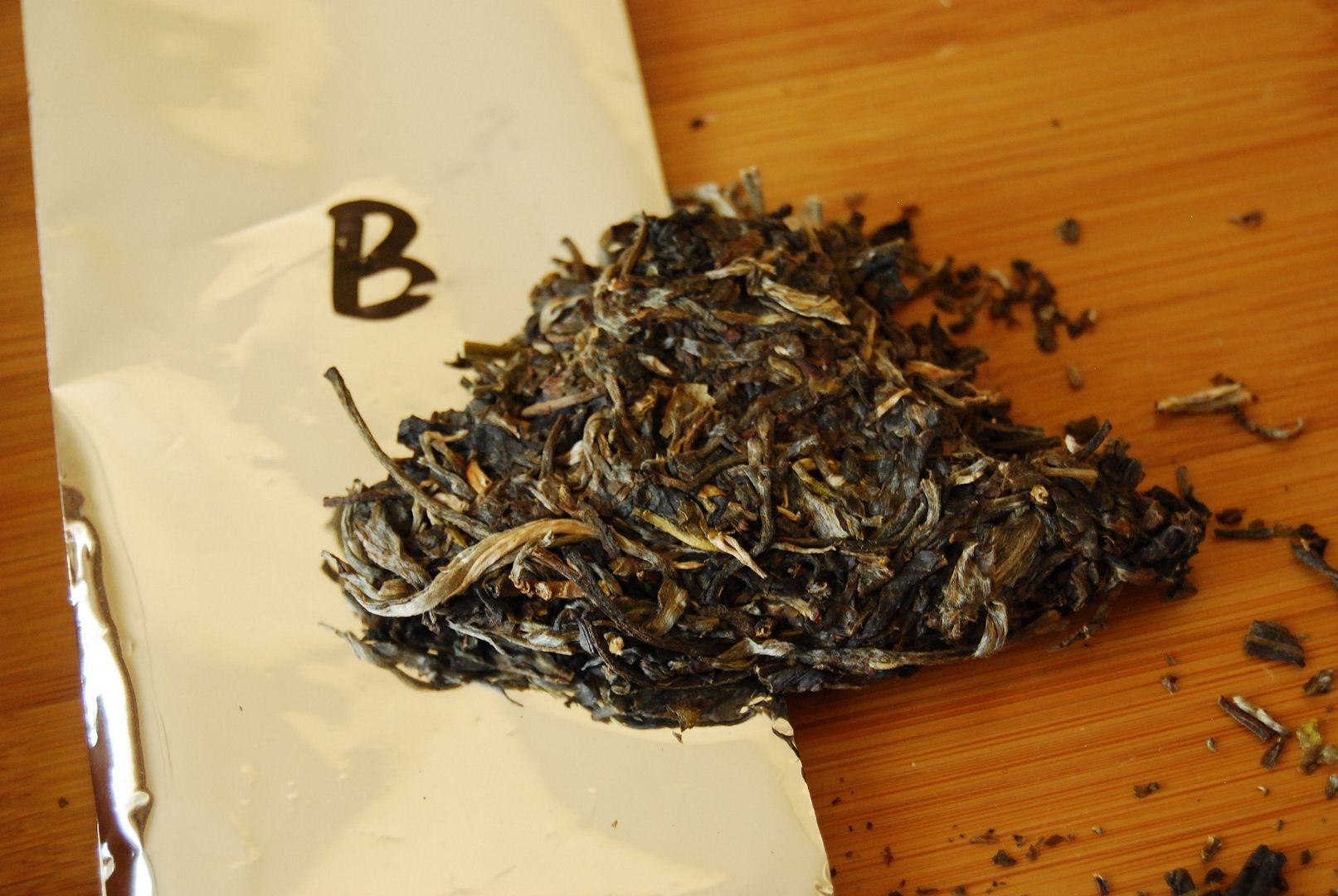
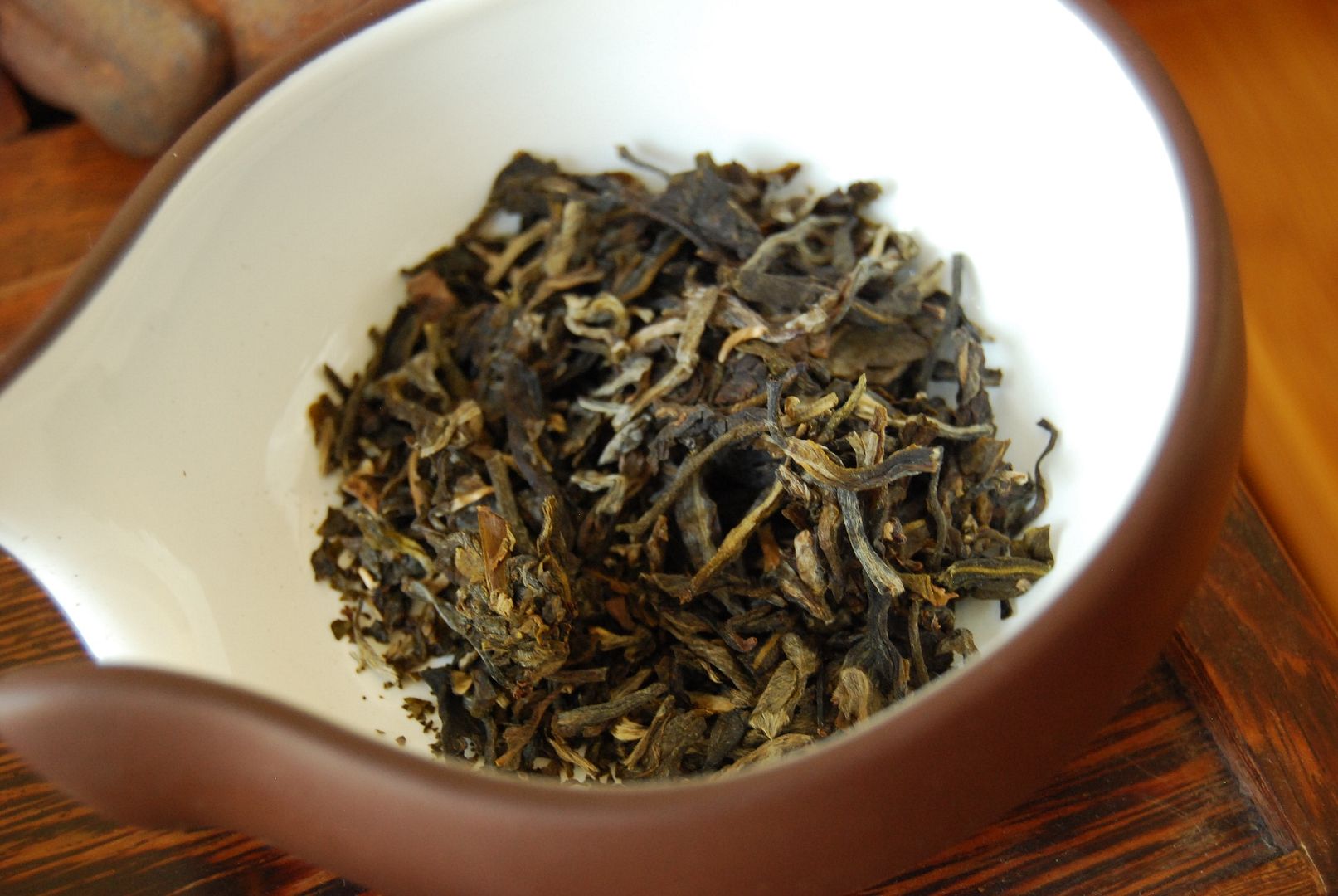

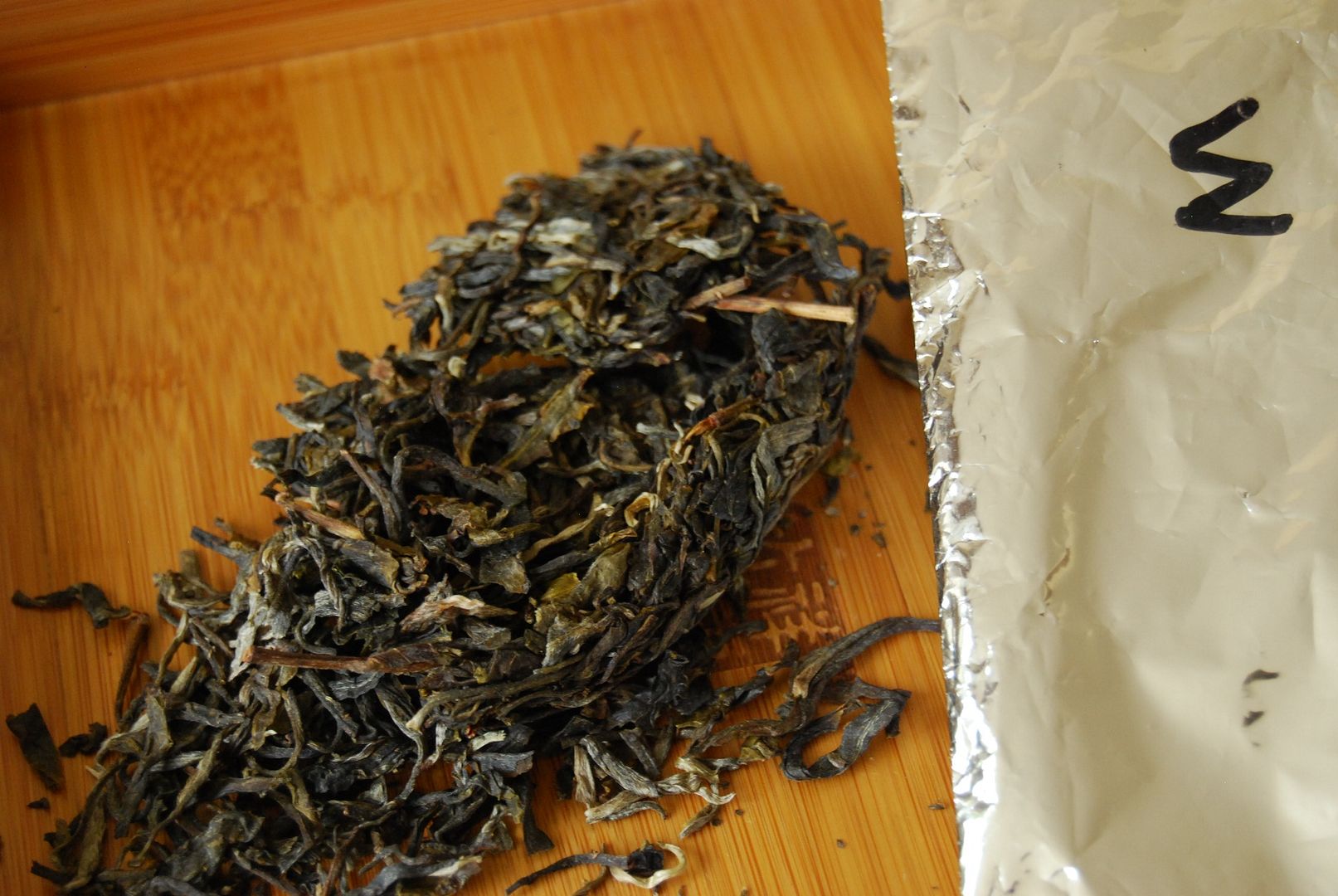
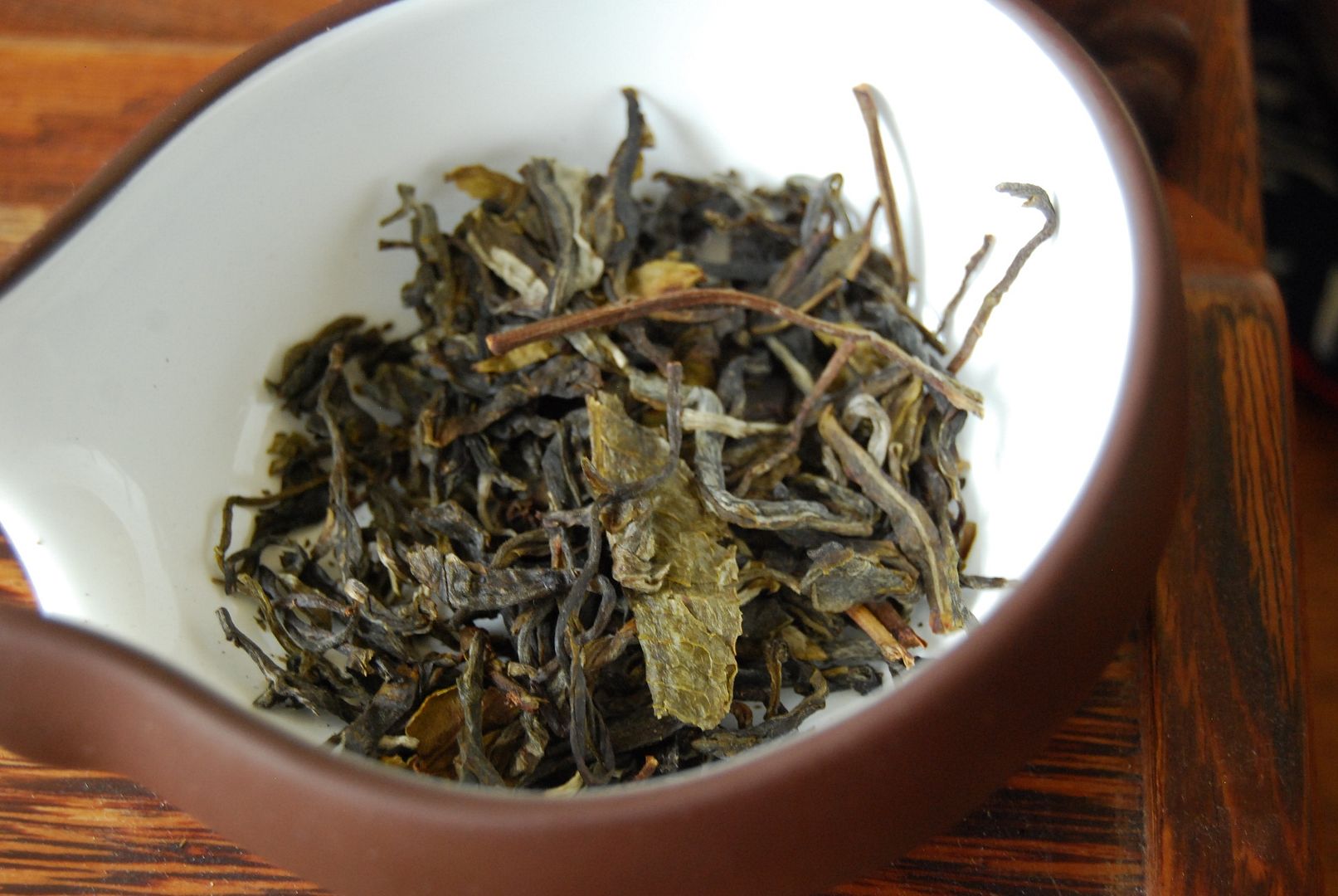

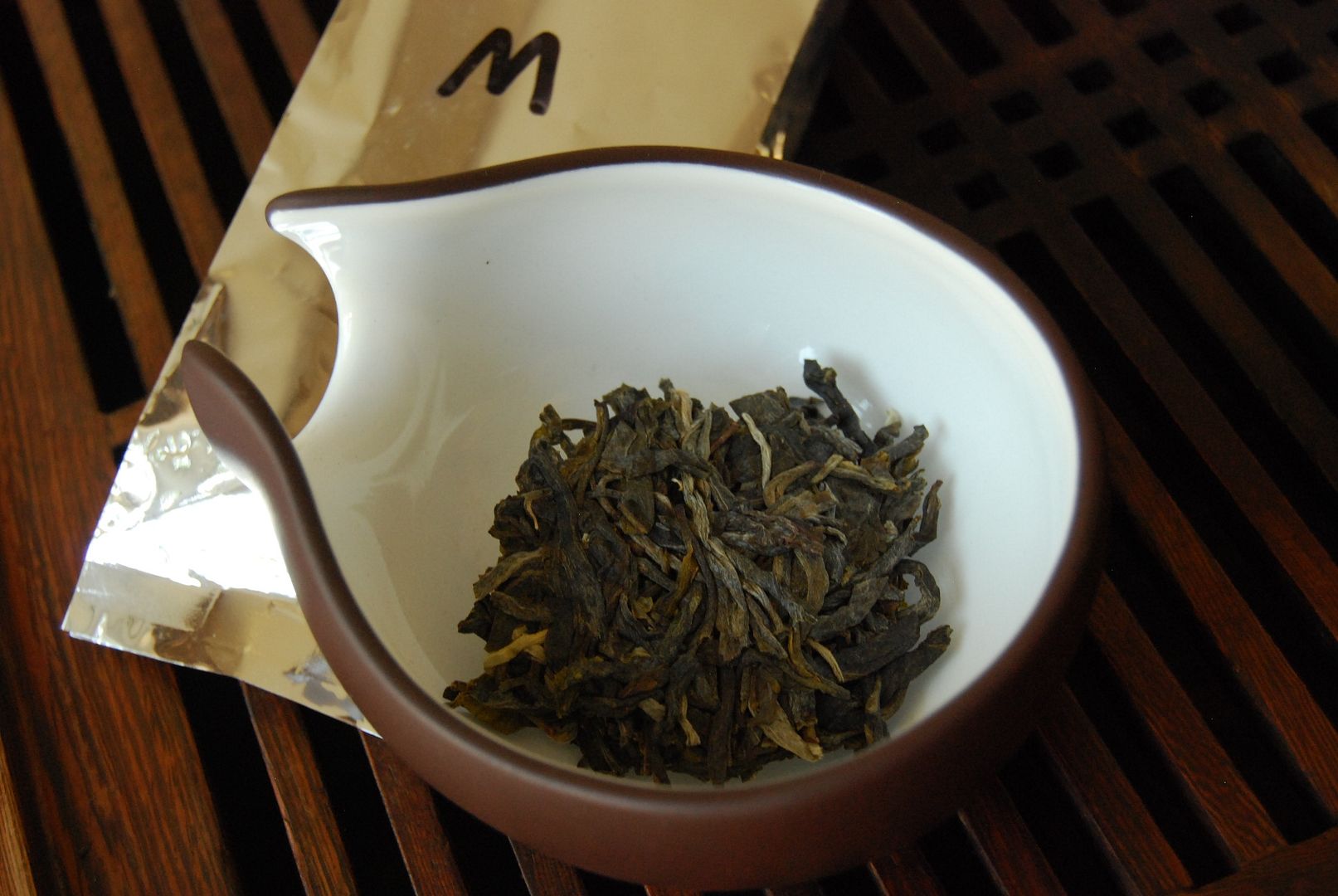
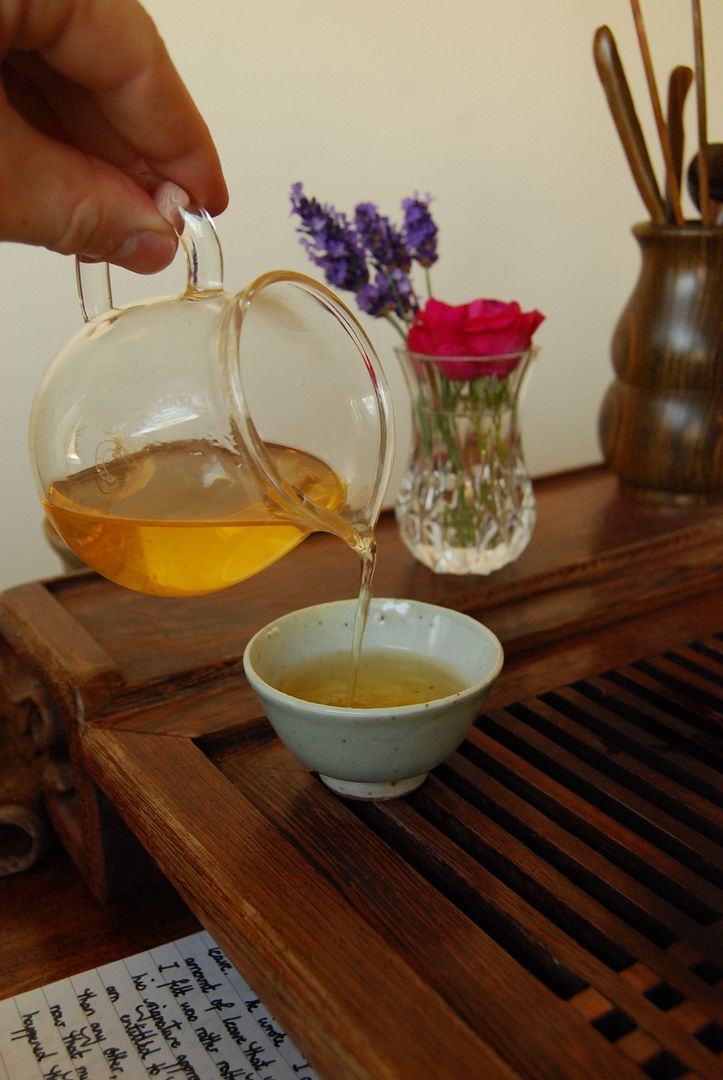
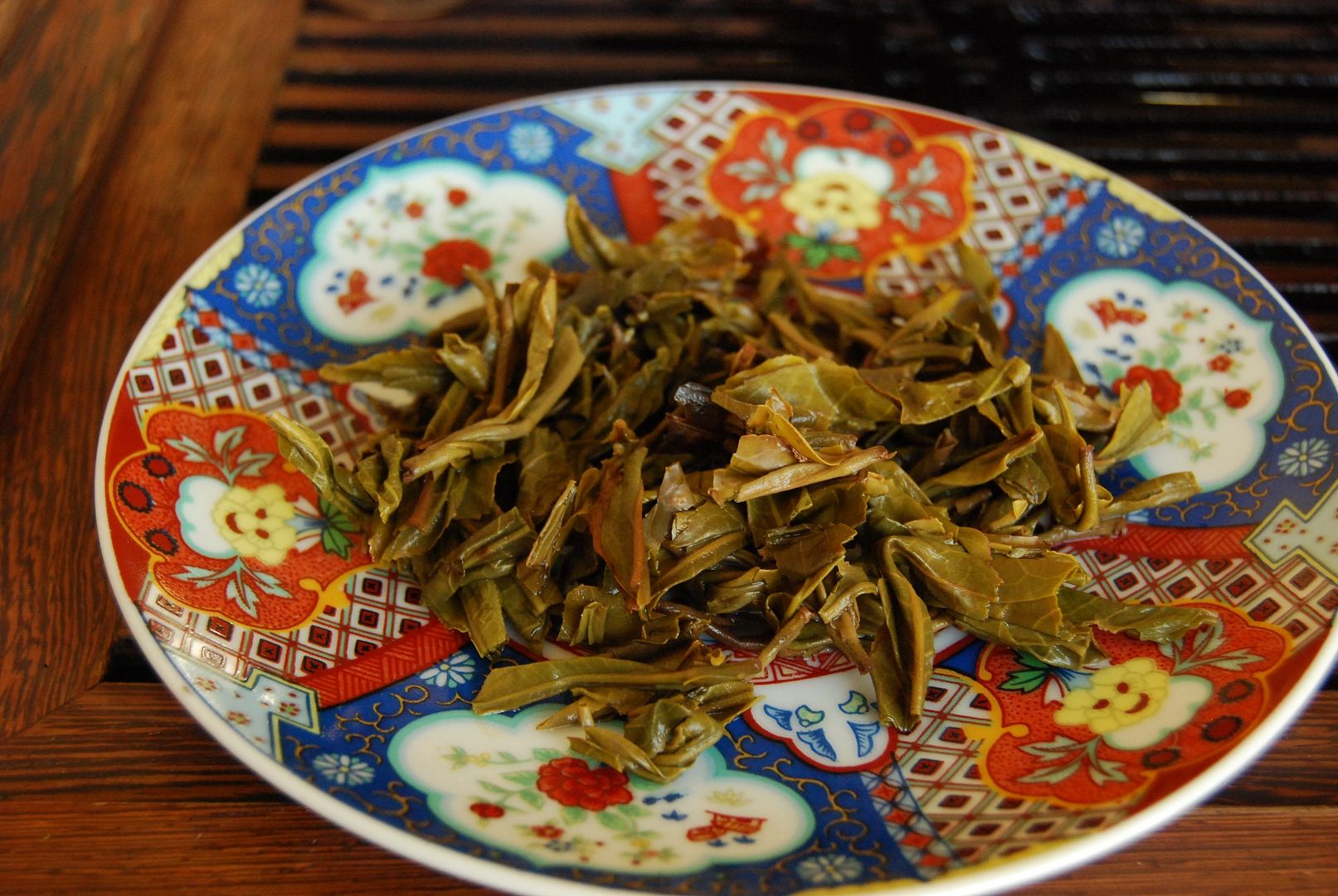
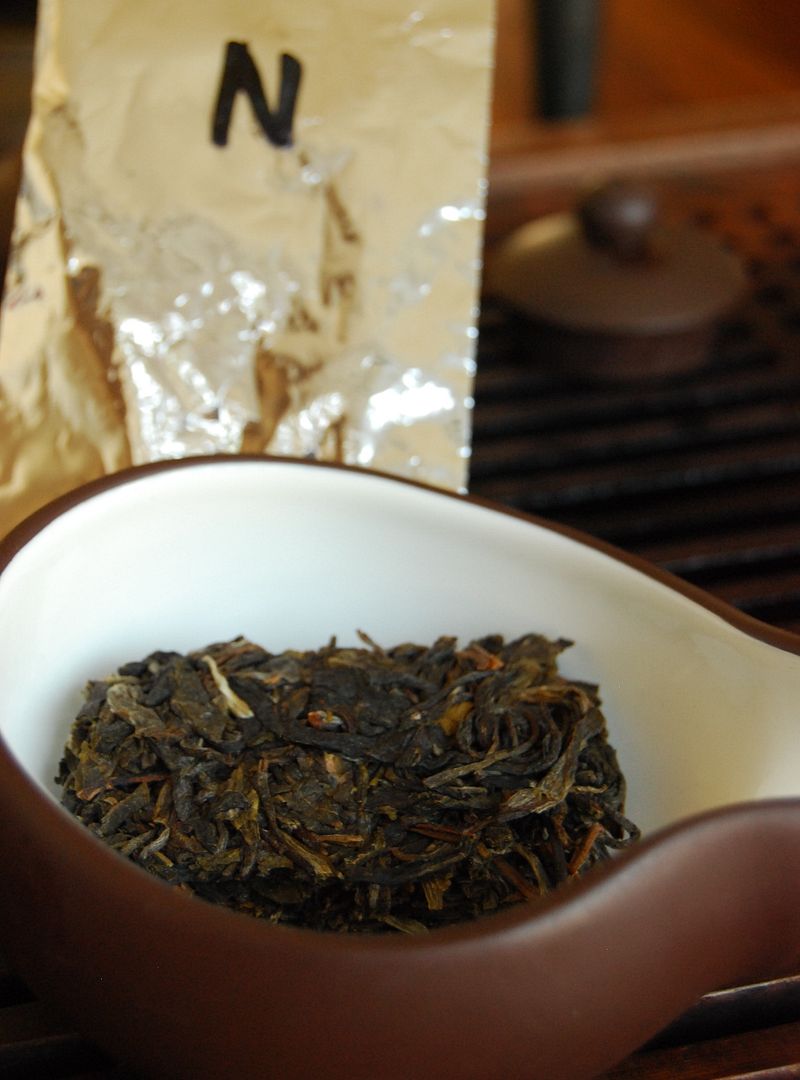
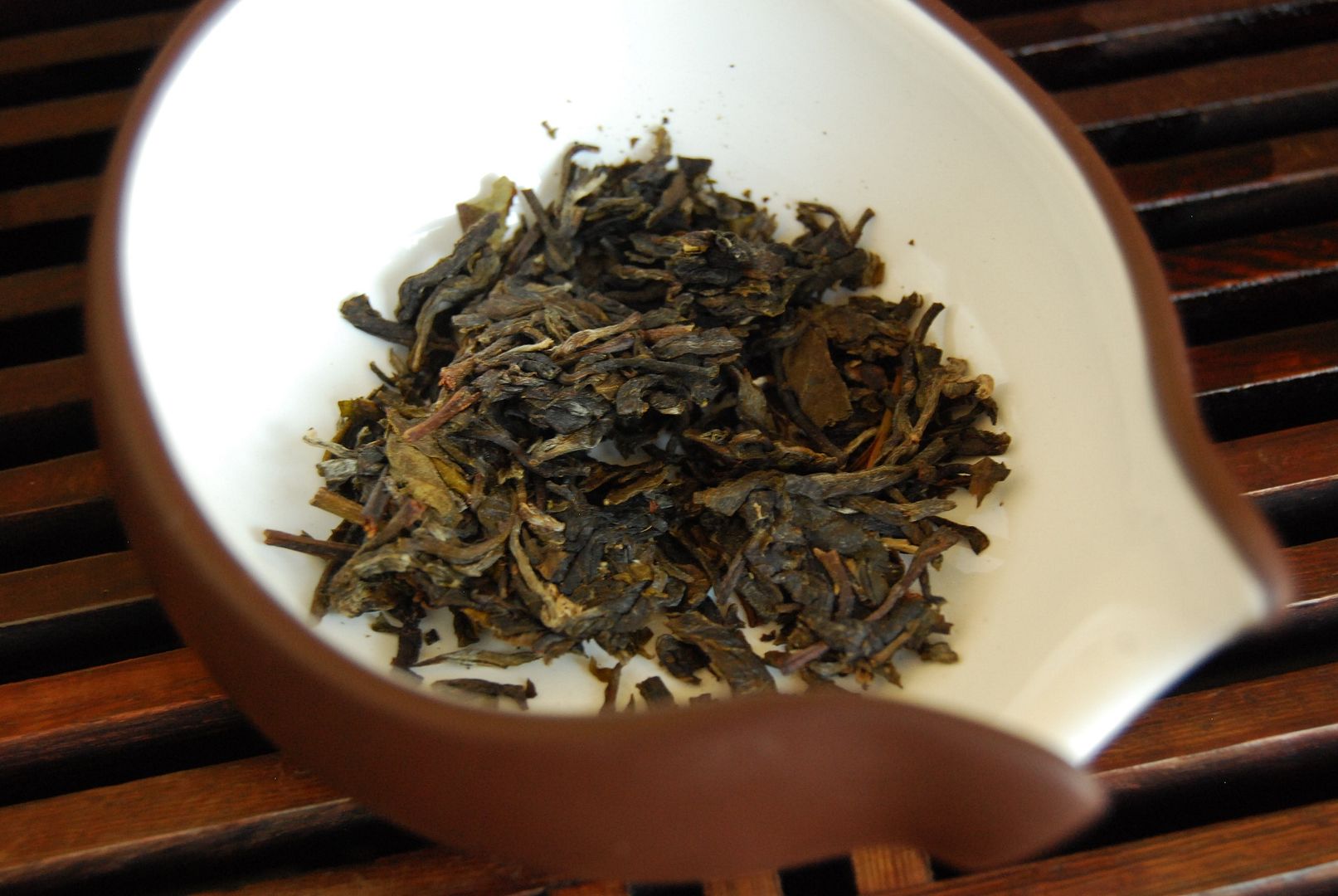
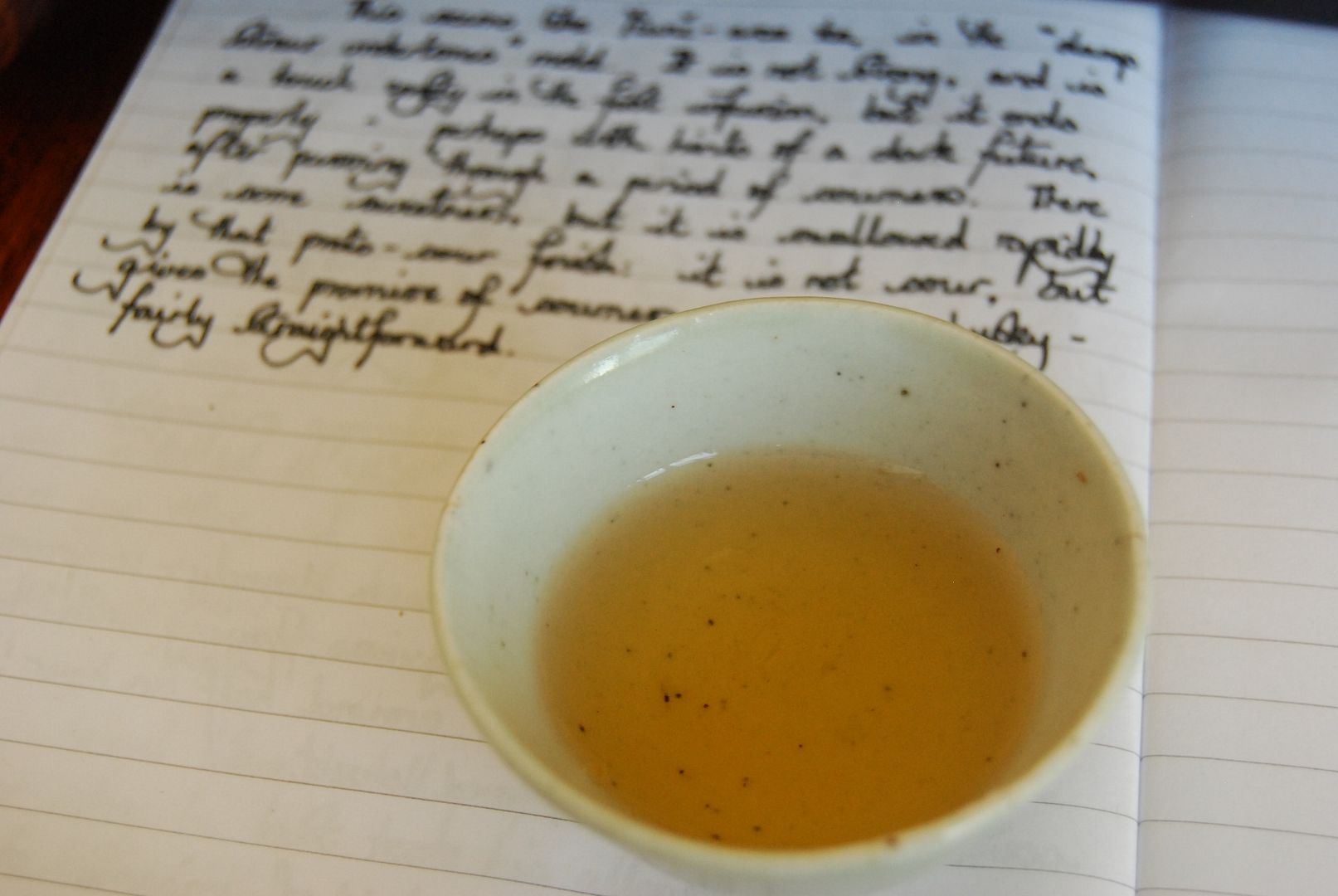
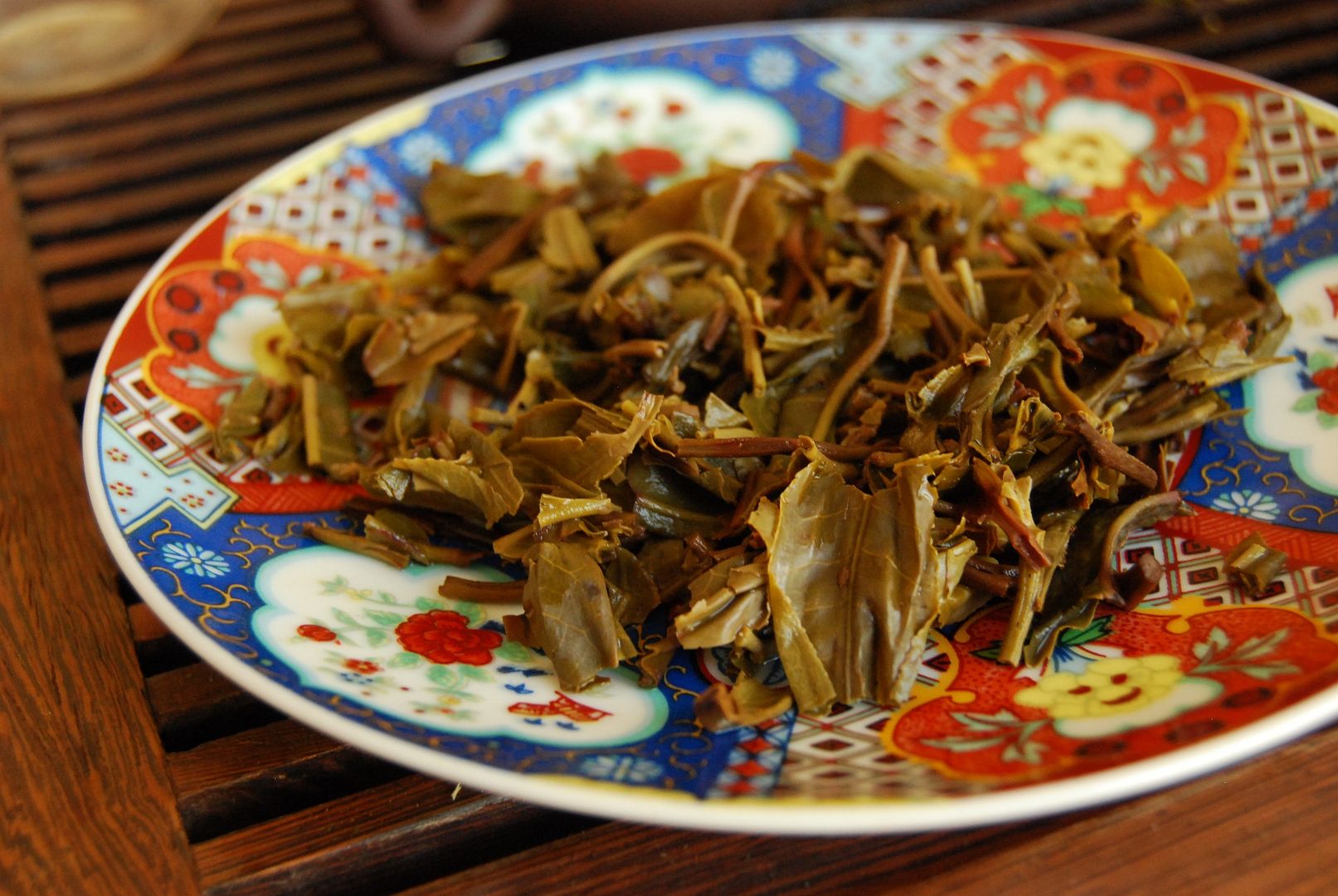
Hello! It seems that we have a decent degree of agreement :) Funny that Nu is Jingmai - I don't think I had anything like that from there (however, I've been drinking Jingmai Da zhai lately, which may have taken the cluster centroid away from classical Jingmai).
ReplyDeleteSigma did not grip me either... nice tea, yes, but not great.
Mu is the ruler indeed! It's actually not that expensive either, given today's prices.
Best,
Jakub
Nan Po Zhai is my favorite too...
ReplyDeleteThe Impression (Beta) is 2012 pressing and yes it's mostly Lincang. I wanted to create a tea that could compete with Mengku Spring Tips and 8582, but still be unique and reflect my style of blending.
I suppose the Dasi is similar but better than the Fengqing Sunning cake from Teavivre?
ReplyDeleteOf all the YS teas, really Kappa is the only one I was drawn to pursue. Thanks for the samples; the tasting is always fun!
ReplyDeleteBeta: Big long leaves, [I must have gotten the top of the beeng, and you got the insides] mild compression, faint scent of sweet hay. Ashtray under the lid, yellow soup turning towards amber. Ashy, mild ku. Some slight congestion this morning dulling my olfactory sense, but there seems to be little aroma from the cup. Some slight roughness develops, dryness, but not astringency. This tea is…reserved, and a bit austere. A nice camphor-like coolness develops on the upper palate, and later transforms into an upper palate, back of the throat huigan which is rather pleasant. I like this tea, but the progression seems a bit contrived, maybe over-refined, for my taste.
Sigma: Big, luxuriant leaves, low compression, mild sap-sweet aroma. Pale yellow soup; lightly floral scent under the pot lid. Mild ku upfront, along with an unpleasant metallic taste. Dry tongue. Same vaguely floral aroma that was under the pot lid pervades the tea. Astringency without the sourness, leaving my mouth dry and with that unpleasant metallic aftertaste. I’ll try a second cup before I give up, but I’m not sure I want to drink this one all morning. Overbrewed the second cup through pure negligence. Becomes thoroughly insipid when overbrewed, more metal, more ku, nothing else. Too bad, such pretty leaves.
Mu: Medium-large leaves, silver hair, strong sweet sap aroma, moderately strong compression. Sap to light smoke on the pot lid, light orchid from the surface of the yellow soup. Surprisingly strong ku in the front of the mouth, balanced by the silky smoothness of the tea. After the ku, drymouth, and metallic aftertaste. This is one of those “open” or “minimalist” or “dry” teas, without a lot of flavor to flesh out the raw bones of the ku sensation. But in this case, the bones are well-structured, and the smoothness of the mouthfeel makes up for a lot. The metallic taste becomes less noticeable over time. Later infusions bring out a bland green tea-ness.
Nu: Sweet wood-sap, medium-small leaves, rather darkish, medium compression. Light floral and light smoke on the pot lid. Amber-ish soup. I suspect this tea is a year or two older than the others from this tasting set? Ku upfront, mildly astringent, and ever so slightly sour. Not too aggressive, though. Some delayed camphor. Enjoyable, but I want to say “lacks an elevating qi”? Or maybe I’m just groggy this morning, and the caffeine is having a hard time getting through my wooden head? A nice little huigan follows. Still, I’m a bit blazé about this one.
Dear everyone,
ReplyDeleteThanks muchly for the notes and comments - it's been great fun getting up-to-speed with some new cakes.
Jakub, on the subject of cluster centroids for Jingmaishan, I had a real outlier, recently, which was an unlabelled sample from teachum, Elvin, whose brother picked it up in a Guangdong shop - it may be the first Jingmai cake that I really enjoyed.
Scott, the new blends have worked very well, to my tastes, but then I am rather a sucker for the Lincang and Simao components that crop up in them - and which make them rather unique.
Shah, the Teavivre cake, if you mean the Daohuaxiang (rice-flower scent) cake, I really loved that one, oddly enough! I have a small stack of it on our shelves, and it's doing well. The Dasi did not grip me, but perhaps it caught me on a busy day when my attention was elsewhere.
Speakfreely, thank you for the comments! Our tastes in tea have always been well-aligned over the years.
Toodlepip all,
Hobbes
I strongly suspect that serious Jingmai has less of the qualities you don't like, and bends more towards the Menghai, with hazelnut tones, instead of the full nuts and molasses.
ReplyDeleteWell, perhaps that Dasi was something akin to the Dinjin Nu'er, and you were fortunate not to be hooked into the vortex!
Dear Shah,
ReplyDeleteNot only did I miss the vortex, I even missed the part of the flow that suggested vortices were forming! I am blissfully unaware for the "Dinjin Nu'er", although the name brings back terrifying memories of a Xizihao "daughter" cake sold by Houde.
Toodlepip,
Hobbes
Update: drinking "sigma" at random, in the lab, which turns out to be the "Dasi" cake - and which is really rather satisfying this morning. Grassy and fresh, it even manages to shine through the dodgy filtered water that I have for brewing here. Not at all bad.
ReplyDeleteToodlepip,
Hobbes
Ah I'm a bit late to the party, pardon me. Here are my comments, unedited!
ReplyDeleteBeta: Tastes a bit smoky but not too in your face, unlike Iota. The rest of the tea develops nicely and I was thinking I wouldn't mind this tea for everyday drinking. Mild sweetness and some kuwei. It seems to have a bit of everything.
Nu: The dry leaves smell sweet and sugary. Once brewed the initial lanxiang is there, but seems to have a tad bit of sour fruit or something at the back. It's fleeting though, appearing only briefly to give you a hint before dispersing and leaving you in doubt. It's not a bad tea but I prefer heavier tastes.
Mu: I get a bit of dry, sweet woody/earthy kind of aroma when I sniff the open bag. The leaves look nice and long. First brew. Wow. This must be some good tea. There is that nice lanxiang sweetness and long huigan, which translates to a bit of woody taste after. No idea why but the initial impression when I first tasted it was reminiscent of Japanese Sencha. Can't seem to find that taste when I try hard.
The brew feels thick in the mouth as well which is good (my preference)
The leaves last strongly even up till 8 infusions, still giving me a very nice huigan and woody sweetness.
There is some cooling sensations in the mouth as well.
Sigma: The leaves like Mu looks really pretty. Smells like a mix between sencha and pu-erh when dry. First brew is sweet with decent kuwei. Not much lanxiang. The mouthfeel is thick as well and it has that cooling sensation in the mouth too. Huigan is strong and stays in the mouth/throat for quite some time.
Later infusions does not really transform the tea much, the sweet base is always there. It's a pretty good tea!
All in all, I would rate Mu as my favourite tea (: closely followed by Kappa and then Sigma.
Blessings,
Elvin
Once again, better late than never :)
ReplyDeleteI used the same brewing parameters as before.
Impressions ...
Beta - like all of Scott's teas I've tried, all of these samples had very strong, fresh scented leaves; fresh and sweet, became grainy and beany scented when wet; strength of brews increased with each subsequent infusion, decent mouthfeel with noticeable huigan in the back of my mouth
Mu - larger leaves with medium-light compression; fresh sweet/fruity scent; pale liquid with activity in stomach and back of throat; increased bitterness with pleasant sweetness; activity moved to front of throat with later infusions; plenty of lasting activity and kuwei, bitter and pleasant
Nu - tighter compression; dry leaf scent of dried apricots, sweet; light and sweet brews, with thicker mouthfeel and no major bitterness; bitterness increased as brewing progressed, coating back of throat; not overly complex tea in my mind
Sigma - herbal scent, like oregano; light tasting with major bitterness present; subsequent brews increased strength, but without added bitterness; very pleasant; activity in mouth ... salivation sensation
Thanks again for the great sampling. Really enjoyed kappa, lambda, beta and mu.
Dear Elvin and tst,
ReplyDeleteThanks muchly for the notes!
All the best,
Hobbes